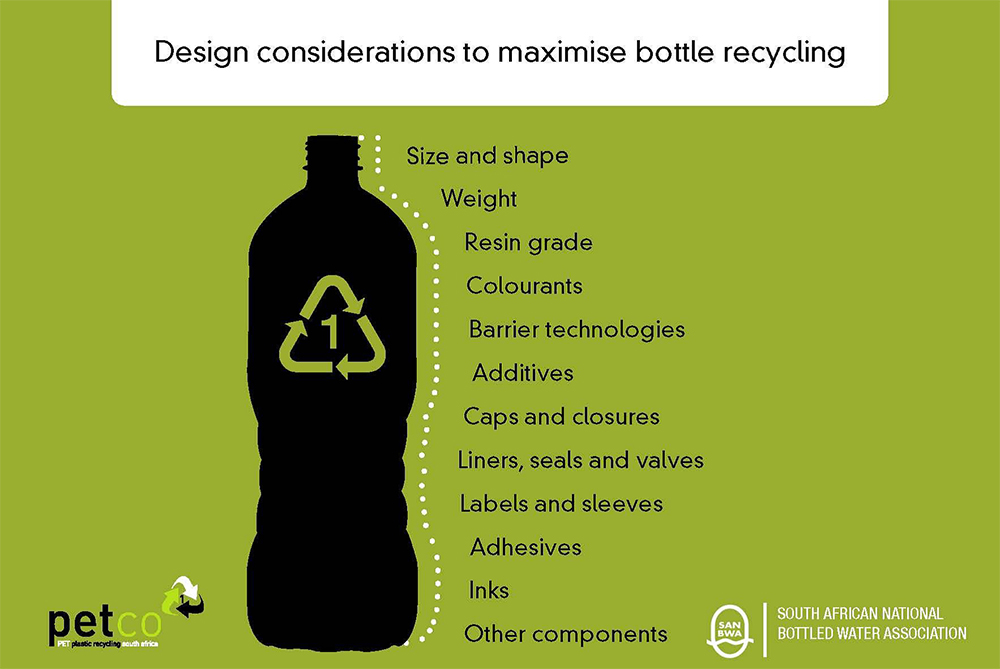Recycling on its own does not constitute engagement in the circular economy. It is not an end to itself but part of a bigger ecosystem.
It requires strategic interventions to consider how the recycled resources will be collected and importantly, reused. Without this, we are simply shifting the location of the waste problem. A robust mapping of the waste value chain is needed to understand the nature of resources – the quality and quantity that are being unlocked, as well as matching appropriate manufacturing partners to consume recycled content for their next product life.
Much emphasis has been placed on waste collection and beneficiation in Africa as an answer to economic development, job creation and reduction of waste to landfill. This cannot work effectively if all key players are not considered, from waste pickers, collectors, recyclers to converters, as well as companies that would consume recycled content rather than virgin materials. This requires a fine balance between mechanisms to access materials for recycling purposes and companies that would actively use this content for their packaging and product manufacture. In some ways, a push strategy is required to make it more attractive to utilize recycled content.
There are two key levers that can support this balance:
- Effective waste data collection and management.
- Recycling industry bodies that champion the waste value chain while developing effective partnerships.
Data is key to developing effective waste strategies. It enables a push on manufacturers, showing the nature, quality and volume of material that can be accessed. Data also create transparency among collectors to assess material flows and create priorities. This data in turn could play a significant role in product design and development going forward, as well as the design of innovative collection strategies. They also afford the opportunity to determine economic value and job creation opportunities behind development of this sector.
Recycling industry bodies such as PETCO aim to address the environmental impacts of post-consumer PET products by planning for recycling, either by improving product design or creating a market for recycled PET bottles.
- Design products with recycling in mind
When designers conceptualize a product, they consider how the product will be marketed to attract consumers and how much it will cost to manufacture. More recently, product sustainability has been gaining importance. PETCO strives to improve product recyclability. It is important to note that recyclability is only one aspect of the sustainability challenge; with minimising food waste another important component. Additionally, these guidelines should not decrease functionality which may reduce product safety.
1Design considerations to maximise bottle recycling (Image source: PETCO). - Market for recycled PET bottles
There are two main markets, Bottle-2-Fibre (B2F) and Bottle-2-Bottle (B2B). B2F create a polyester staple fibre (9PSF) which is mostly exported or sell to local entrepreneurs. B2B facilitate the manufacture of new PET containers from discarded PET bottles.

